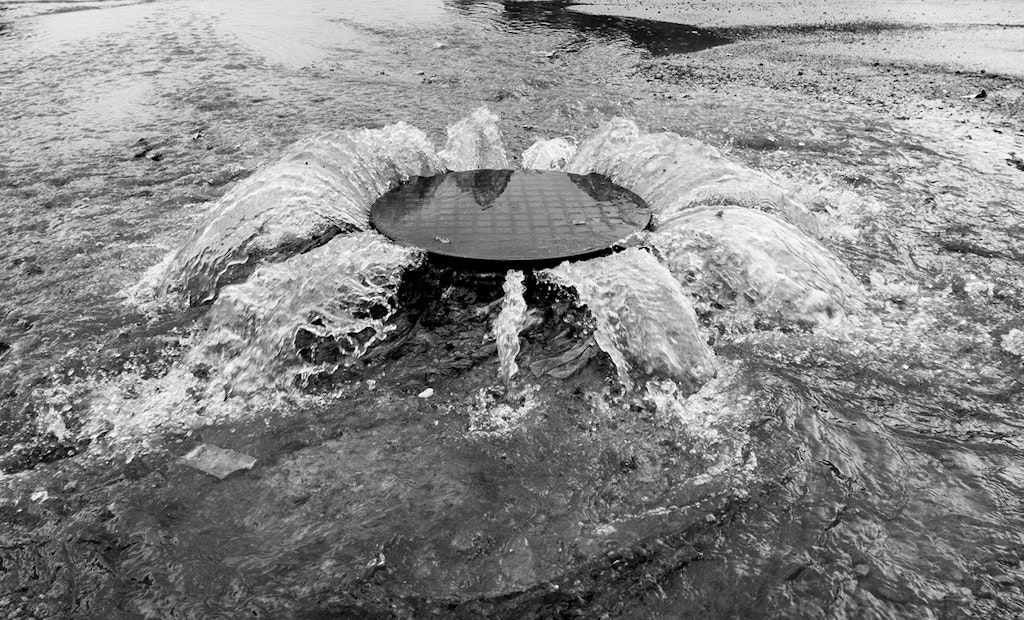A cloud-based artificial intelligence system designed to detect blockages in sewers has shown an almost 90% accuracy in a recent trial, according to Sheffield University in England.
The project is a collaboration between the University of Sheffield, Yorkshire Water and tech...






